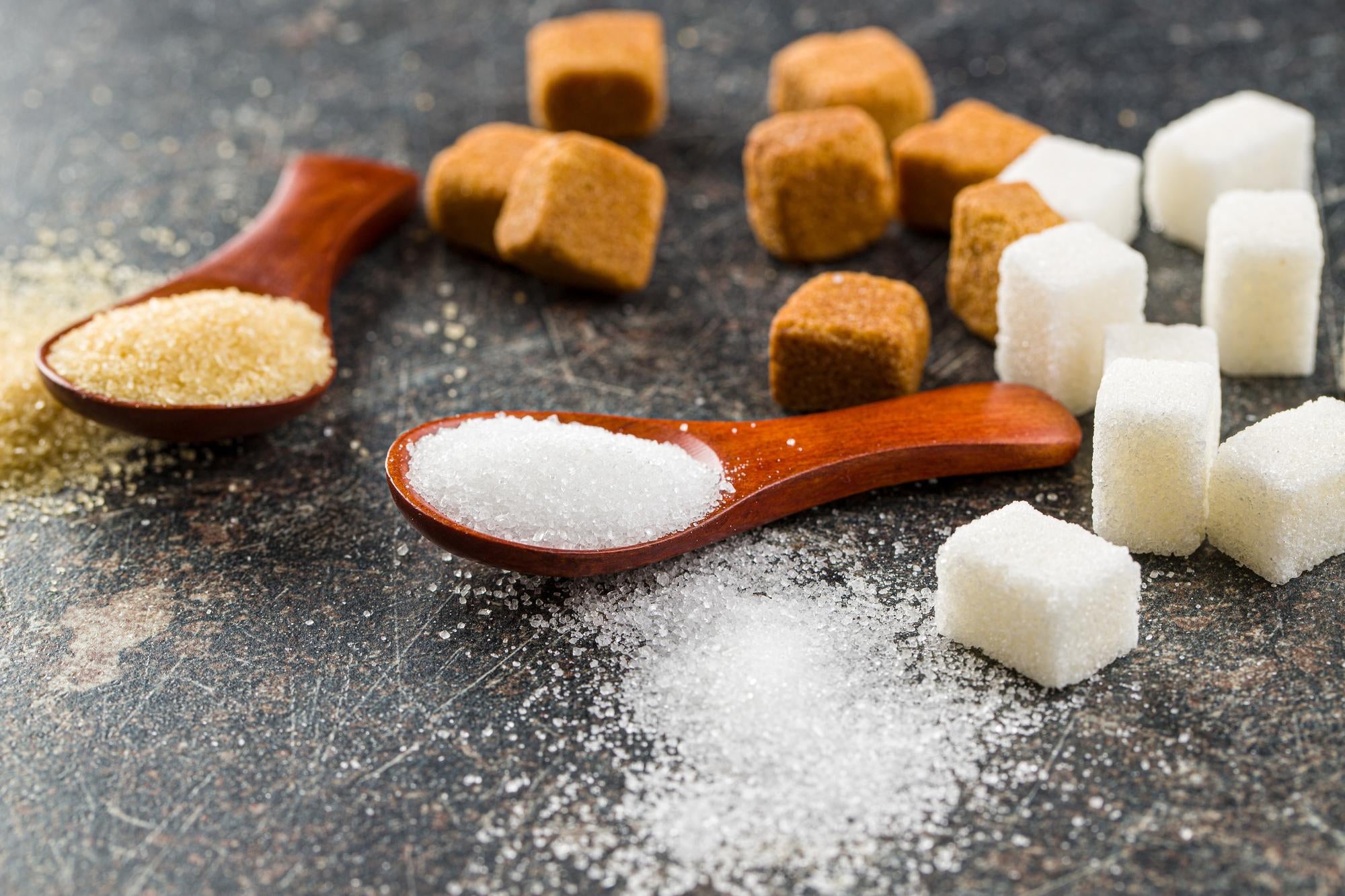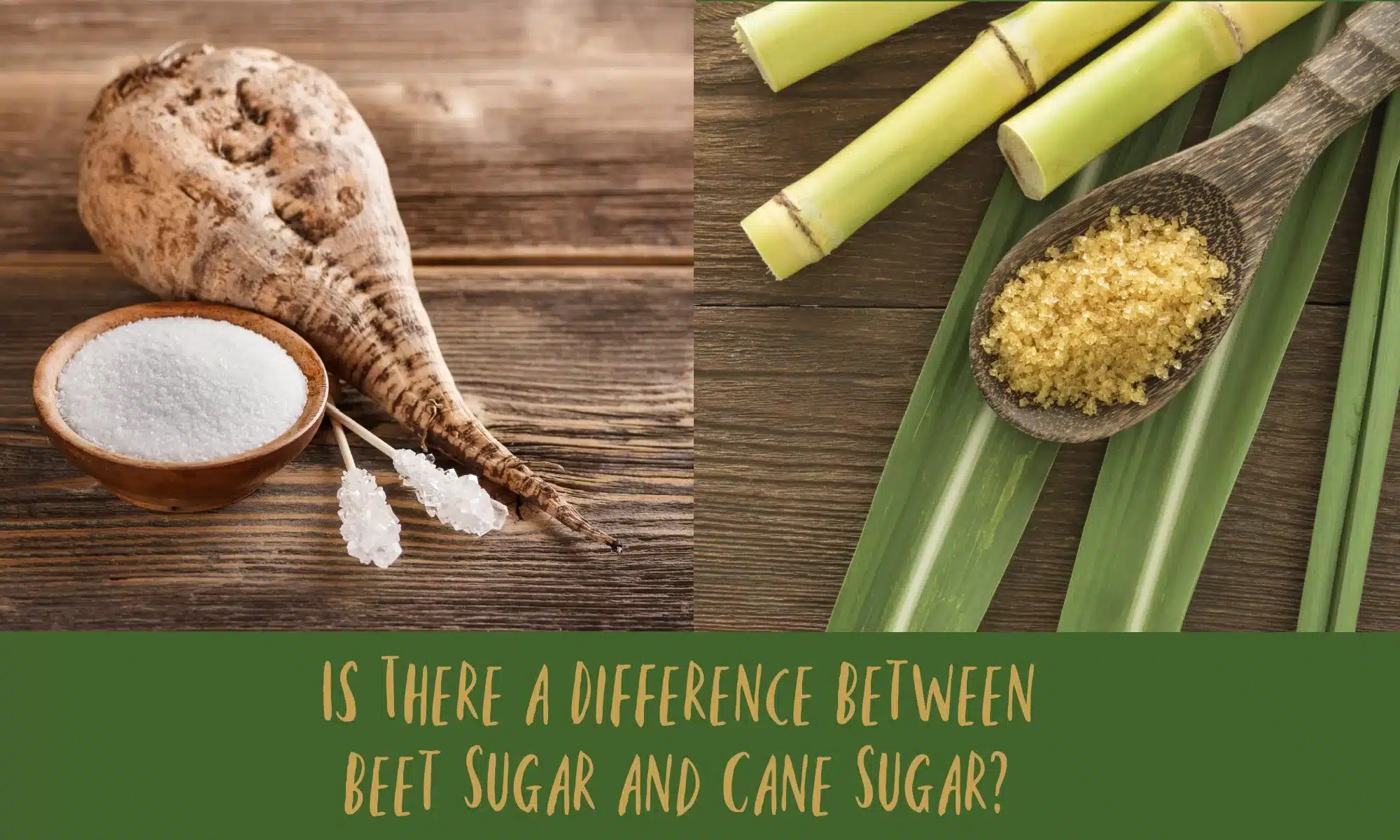The refining process of beet sugar vs cane sugar varies, affecting the final product’s appearance.
Discover the Uses and Advantages of Beet Sugar Vs Cane Sugar in Your Daily Diet Plan
Exploring the unique top qualities of beet and cane sugar reveals more than just their sweetening abilities; it highlights their special influences on wellness and culinary arts. Beet sugar, recognized for its subtle flavor, is frequently preferred in delicate treats, whereas cane sugar, with its tip of molasses, adds richness to durable meals. Each type holds its very own nutritional profile and glycemic ramifications, inviting a deeper understanding of their roles in a well balanced diet regimen and lasting intake techniques.
Beginning and Manufacturing Processes of Beet and Cane Sugar

The distinct environments and soil types needed for growing sugar beetroots and sugarcane add to differences in their cultivation techniques and geographic distribution, affecting the economics and sustainability of their manufacturing. beet sugar vs cane sugar.
Nutritional Comparison Between Beet Sugar and Cane Sugar
Regardless of originating from various plants, beet sugar and cane sugar are nutritionally extremely similar, both mostly containing sucrose. Each gives about 4 calories per gram, converting to approximately 16 calories per tsp. Structurally, both sugars are composed of approximately 99.95% sucrose, with very little amounts of other materials like wetness and trace element, which do not substantially alter their dietary profiles.

Ultimately, when selecting in between beet sugar and cane sugar based on dietary content alone, both deal the same benefits and disadvantages as they are basically forms of the exact same molecule-- sucrose, providing quick power without various other nutrients.
Impact on Health: Glycemic Index and Caloric Content
Exploring even more into the effects of beet sugar and cane sugar on wellness, it is vital to consider their glycemic index and calorie material. The glycemic index (GI) of both beet and cane sugar is around 65, categorizing them as high-GI foods, which can create quick spikes in blood glucose levels.
Each kind of sugar has around 4 calories per gram, making their caloric web content matching. For those keeping an eye on calorie consumption, particularly when managing weight or metabolic wellness conditions, understanding this equivalence is essential (beet sugar vs cane sugar). Nonetheless, extreme intake of any kind of high-calorie, high-GI food can add to health problems such as obesity, heart condition, and insulin resistance.
Environmental and Economic Considerations of Sugar Manufacturing
Beyond health and wellness influences, the manufacturing of beet and cane sugar also raises considerable environmental and economic worries. Sugar beet farming often tends to require cooler climates find here and has a lower geographical impact contrasted to sugar cane, which flourishes in tropical regions.
Furthermore, making use of chemicals and fertilizers in both beet and cane sugar growing can More Bonuses cause dirt deterioration and contamination, additional influencing biodiversity and neighborhood water bodies (beet sugar vs cane sugar). The selection in between growing sugar beet or cane often rests on local ecological problems and financial aspects, making the sustainability of sugar manufacturing a complicated problem
Culinary Applications and Taste Differences
While the ecological and financial elements of sugar production are certainly significant, the selection in between beet and cane sugar likewise influences culinary applications and flavor accounts. Beet sugar, acquired from the sugar beet plant, is understood for its remarkably neutral preference. This makes it a functional active ingredient in cooking, where it does not alter the flavor of other parts. It dissolves quickly and is ideal for usage in cakes, cookies, and pastries.
Cane sugar, extracted from sugarcane, commonly preserves molasses traces, which impart an unique splendor and depth. The slight variation in wetness material in between beet and cane sugar can impact the structure and uniformity his comment is here of recipes, making cane sugar a preferred option for certain dishes that benefit from its special buildings.

Conclusion
To conclude, both beet and cane sugar have distinctive origins and production procedures, supplying comparable nutritional profiles with slight differences in sodium web content and flavor. While their influence on wellness, particularly relating to glycemic index and calories, is comparable, the selection in between them typically boils down to environmental, financial elements, and specific cooking demands. Comprehending these facets can direct customers in making notified decisions that align with their health objectives and flavor choices.